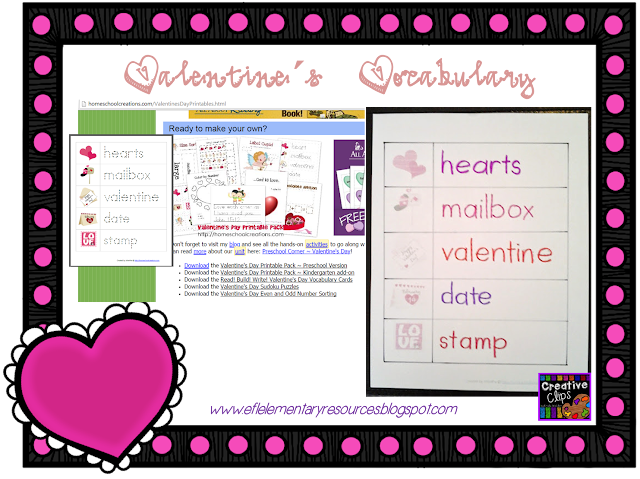This is an old resource but many teachers still download it for free.

Watch the video:
Make some people puppets. It can
be paper bag puppets or finger puppets. Send me an Email requesting the templates for these for free.(ei98srl@gmail.com)
Hold them up and have them greet each other, modeling the expressions: Hi and Hello.
Have students come
to the front of the class and greet them.
Teacher: Hello, Gabriel. (shake student´s hand.) Encourage the student to answer.
Student: Hello, teacher.
Continue greeting students individually. Have other students greet each
other.
Write the Word Hello
on the board. Read the word aloud as you point to it. Ask students to read it aloud individually and then
chorally. Continue with more greeting expressions.
Here´s my Hello Hand worksheet. After tracing the words, cut the hands and make Greetings puppets.
Greeting Chain: say Hello to a student. Then have that student say hello to the student
sitting behind. Continue, in a chain, until all the students have greeted and have been greeted.
What´s your name ?
Teach the name structure Using tpr.
TPR is a language teaching technique which means Total Physical Response. It
coordinates language and movements by giving instructions and the students
performing them. It helps with a higher retention of the vocabulary or
structures taught and develops language fluency.
Model using gestures as you to
convey meaning:
Shrug your shoulders for WHAT ?
Point to the student for YOUR
Trace a circle on your body for NAME or point to the name tag if you made
them.
Make a name badge for you and for your students. Point to your
name badge and say your name.
Point to a student and have him/her stand up and
say My
name´s ______ pointing to his/her name badge.
Game: Ask students as a class: What´s your
name? and have them all shout out their names holding up their name tags.
Use the Greeting puppets.
Puppet: Hello ! What´s
your name ?
Puppet: Hi! My name´s
Ann. What´s your name ?
Two other students can come to the front and role play using their own
names. Have the students greet each other by shaking hands, model for them if
necessary.
Explain that the longer version is My name is and the shorter one is My name´s. Write
it on the board. And repeat the dialogue using the longer version.
Introduce the people at school: boy, girl, teacher.
Game 2: write the word.
Hi, Hello, boy, girl, What,
´s, is, your , name, my.
Make as many copies as you need for your class. Make groups and hand the
letters. Say a word and have the students find the letters and make the word by
standing up with the letters in order. Give a point to the first group to do
so. I glued each letter onto a craft stick for easy handling.
Students can make a big version of all the words on a big construction paper or a smaller version on their notebooks. Here are the letters in a black and white version. Use the opportunity to review the alphabet by assigning a color to each letter.
Teacher: letter a is blue.
Students color all the letter a in blue. Continue with more directions.
Gather pictures of famous
people or Tv characters that children can relate to. Put any of these pictures
on the board and a speech bubble next to it. Write My name´s ______ in the
speech bubble. Have students name the character and write the name in speech
bubble. Then have students read the speech
bubble. Continue with all the pictures
that you brought to class.
I glued the pictures onto fun foam and a craft stick. For the speech bubble
, I printed it onto colored paper, placed clear contact paper and glued onto
fun foam and craft stick as well. The, I wrote with a white board marker and
erased it with baby wipes.
Use the pictures to introduce His/ Her name is _____.
What´s his/her name ?
I created a Name Graph Worksheet as seen on PINnterest. You can use the larger worksheet as a group
letter counting in a name. The smaller sheets are for individual letters in a
name counting.
Another worksheet that can be used as a frame for younger learners.
What if children draw you and write your name.
Teacher: What is my name ?
Students: Your name is ______.



























































